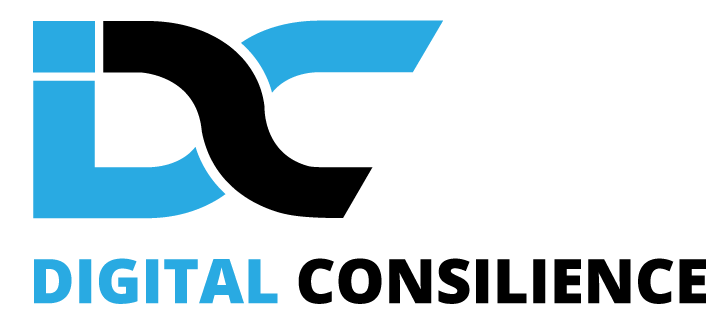Content is king, but without effective keyword research, your content will fail to perform in search engines and likely languish in the dungeons of the digital realm, never to be seen again.
Therefore, before you invest in your first piece of content, you should have a strategic keyword plan in place. Why? Because keyword research provides you insight into what terms your audience is actually using to search for topics relevant to what you do. This is critical information, as you shouldn’t be creating content about what you want to tell people. But rather, you should be creating content around what your audience wants to discover.
Although developing a comprehensive keyword strategy is best left to a professional SEO, there are effective steps you can take toward making your content perform better.
Step 1: Create Your Topic Buckets
- Who are you and what are you about?
- What makes you special?
- How do you help your audience?
- How are you better than your competitors?
- Why do you exist?
For a destination, buckets may contain your top attractions, unique experiences, geographic location, affordability, culture, etc.
Step 2: Filling the Buckets
This is where the brainstorming begins. Grab a bucket and start filling it with relevant keywords and phrases that you think your audience might be using. Sometimes insider knowledge can make us biased. So a useful approach is to pretend you are generating keywords for another related organization and then apply those ideas to yourself. For example, if you are the Narnia CVB, think about how you would search for information about Middle-Earth. Bring in anyone you can at this stage to help generate potential keywords.
Start general and try to get ever more specific. For example, “hotels” is too general. But “best places to stay in Narnia with a family” is a great, highly specific, long-tail keyword. These long-tail keywords will be your potential new article ideas.
Pro Tip: If you have access to a program where you can perform a Keyword Gap Analysis on your competitors, you can see what they are ranking for and examine where you might be competing and where opportunities lie.
Step 3: Research & Analysis
Now comes the most important phase of the process, determining which keywords are worthy of creating content around. Here you are going to need some help. Depending upon your budget, there are many tools out there to help you refine your list, from Google Keyword Planner & Google Predictive Text to professional solutions like Moz & SEMRush.
Generally, how I approach the process is by dropping the keyword into an analysis tool and looking at:
- Monthly Search Volume – is anyone even using this keyword? If not, is there a closely related one they are using?
- Keyword Difficulty – on a scale of 1-100% how difficult will it be for you to rank for this keyword?
- Search Intent – will the user’s intent match your content? Keywords’ intents are either informational, navigational, commercial or transactional.
- Trend – knowing how the search volume fluctuates during the year can inform you when to publish content.
- SERP Features – you can see what types of results are currently appearing for the keyword, from video & map results to Featured Snippets & “People Also Ask.”
The ideal keyword would have a high search volume, low keyword difficulty score, match the intent you want to write about, be trending when you want to publish, and have vacant SERP features that you could fill in with your content.
In the real world, however, you will need to compromise. I recommend writing content around keywords with a lower monthly volume but lower difficulty score, as it is better to get 20% of the traffic from 1,000 searches than 1% of the traffic from 10,000 searches. If your content is written properly, the lower trafficked keyword can pull in visitors with the same intent and have the same impact.
Pro Tip: I would recommend having your list reviewed by a professional SEO at this stage as they are more experienced at divining the subtleties of this research.
Step 4: Track & Refine
No aspect of SEO is fire & forget, content SEO is no exception. Not only is Google constantly updating its search algorithm, but how people search for things online changes over time. The competitive landscape may also change, with others seeing your success and vying for a piece of the traffic around your keywords.
As it takes some time for SEO to work its magic, I recommend reviewing your content once a month and looking for performance changes. Assuming you have both Google Analytics and Google Search Console set up for your website, you can easily see what keywords each piece of your content is ranking for and how they are performing for each.
By Lance Harrell
